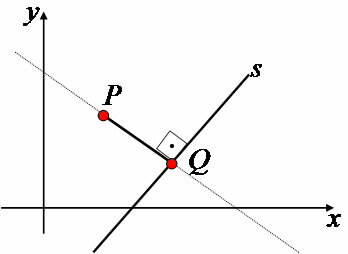The definition of the fundamental equation of the line is one of the ways in which we can equate a line, but only for non-vertical lines, as it is necessary to know its slope. So that all equations were equated, regardless of their characteristics and elements belonging to it, other forms of representation were stipulated: general form, reduced form and form parametric.
These shapes, in addition to facilitating the identification of the equation of the line, also help in identifying some specific elements of the lines, see:
General Form: The main function of the general equation of the line is that with it we can equate any type of line (oblique, horizontal or vertical).
Reduced form: The reduced equation of the line makes explicit the value of the angular and linear coefficient of a line.
Parametric Form: The parametric equation of the line allows us to analyze the variables belonging to it, taking into account another parameter.
Do not stop now... There's more after the advertising ;)
by Danielle de Miranda
Graduated in Mathematics
Brazil School Team
Analytical Geometry - Math - Brazil School
Would you like to reference this text in a school or academic work? Look:
RAMOS, Danielle de Miranda. "Generalities on straight line equations"; Brazil School. Available in: https://brasilescola.uol.com.br/matematica/generalidades-sobre-as-equacoes-reta.htm. Accessed on June 28, 2021.

